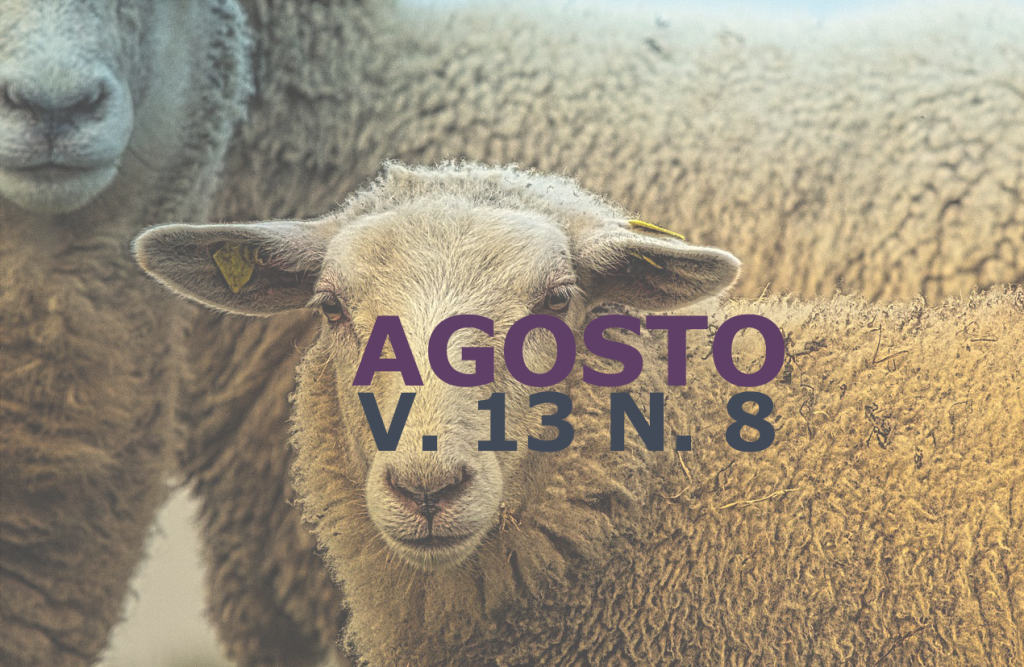Canine hemangiosarcoma: review
DOI:
https://doi.org/10.31533/pubvet.v13n8a389.1-9Keywords:
angiogenesis, endothelial cells, hemangioma, veterinary oncologyAbstract
Canine Hemangiosarcoma is a malignant neoplasm of blood vessel endothelial cells, highly metastatic when in its visceral form, and may also manifest as a primary cutaneous form. The canine species is described as being the most affected. Males aged between 10 and 12 years are more predisposed to the development of Hemangiosarcoma (HSA). The clinical manifestation of the disease is nonspecific and varies according to the location of the primary site or metástases. The definitive diagnosis occurs through histopathology by biopsy of the tumor. The therapy is given by surgical excision and oncologic therapeutic protocols. The prognosis is considered reserved, depending on which phase the disease was diagnosed. This literature review aims to clarify and contribute to the knowledge of the pathology, through the evaluation of affected organs and systems, clinical signs as well as the presentation of available diagnoses and treatments.
Downloads
Published
Issue
Section
License
Copyright (c) 2019 Juliane Freitas, Lin Chieh Yi, Gustavo Soares Forlani

This work is licensed under a Creative Commons Attribution 4.0 International License.
Você tem o direito de:
Compartilhar — copiar e redistribuir o material em qualquer suporte ou formato
Adaptar — remixar, transformar, e criar a partir do material para qualquer fim, mesmo que comercial.
O licenciante não pode revogar estes direitos desde que você respeite os termos da licença. De acordo com os termos seguintes:
Atribuição
— Você deve dar o crédito apropriado, prover um link para a licença e indicar se mudanças foram feitas. Você deve fazê-lo em qualquer circunstância razoável, mas de nenhuma maneira que sugira que o licenciante apoia você ou o seu uso. Sem restrições adicionais
— Você não pode aplicar termos jurídicos ou medidas de caráter tecnológico que restrinjam legalmente outros de fazerem algo que a licença permita.





